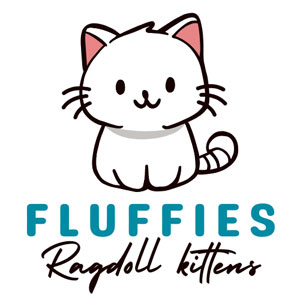Cats are fascinating creatures, and their communication style is often subtle yet expressive. While we tend to focus on their vocalizations, one of the most telling features of a cat’s body language is its tail. Understanding what your cat is saying can strengthen your bond and help you better respond to its needs. Here’s a deep dive into many tail signals and what they mean, making the experience both informative and entertaining.

The Basics of Cat tail Communication
Cats use their tails to express emotions, intentions, and reactions to the environment. The way a cat holds and moves its tail can convey a broad range of feelings, from happiness to aggression. Here are some basic tail positions you should pay attention to:
- Vertical Tail: A tail held upright signifies confidence and contentment. When your cat approaches you with a vertical tail, it’s a sign of affection and a friendly greeting.
- Curved or Hooked Tail: A cat with a tail curved like a question mark may be feeling playful and curious. This is a common sight in cats engaging in a new activity or exploring their surroundings.
- Low or Droopy Tail: A tail held low can indicate fear of submission. If your cat is walking around with its tail drooping, it might be feeling anxious, and it’s your cue to offer comfort.
- Puffed-Up Tail: When a cat feels threatened or frightened, its tail may puff up. This makes them look larger and is a defense mechanism. If your cat’s tail is fluffed, give them some space until they feel safe again.
- Whipping or Lashing Tail: When your cat lashes its tail back and forth, it’s a sign of irritation or frustration. This behavior often precedes playful aggression, so it might be wise to observe your cat’s mood before engaging in play.
- Slowly Waving Tail: A tail that moves slowly back and forth usually indicates that your cat is deep in thought or observing something with intense interest, potentially preparing for action.



Decoding Specific Movements
In addition to tail positions, the movements of a cat’s tail can provide even more insights into its feelings and intentions:
- Rapid Flicking: If the tail is moving quickly at the tip, your cat is likely feeling annoyed or agitated, often a precursor to a hiss or swat. It’s best to avoid touching them in this state
- Gentle Swaying: When a cat wraps its tail around you, it is a sign of affection and trust. It’s their way of saying they want to be close to you.
- Tail Between Legs: If your cat tucks its tail between its legs, it is a clear indication of fear or submission. This behavior is commonly seen during stressful situations, like a loud noise or the presence of unfamiliar animals.
Tail Signals and Their Contexts
The context in which your cat communicates with its tail is equally important. For instance, a vertical tail in a familiar environment lets you know your cat is comfortable. While the same tail position in a new environment may indicate curiosity mixed with caution.
Likewise, a whippy tail in a playful situation can signal excitement, but in a zone of tension (like after a loud clap or sudden noise), it can suggest frustration or impending aggression.
Building a Connection Through Tail Language
By paying attention to your cat’s tail behavior, you can create a deeper understanding of their mood and needs. Observing these signals will not only help you respond more appropriately but also strengthen your bond with your furry friend.
Next time you’re cuddling with your kitty or watching them interact with their environment, take a moment to observe their tail. Embrace the role of a keen observer and interpreter, and you’ll find that every flick and sway has a story to tell. With time, you’ll become fluent in tial language, transforming your day-to-day interactions into more enriching and fulfilling experiences.
Understanding your cat’s tail might open up a new depth in your relationship, leading to many joyous moments and a more harmonious household. So keep an eye on those tails—they’re talking, and it’s important to listen!



